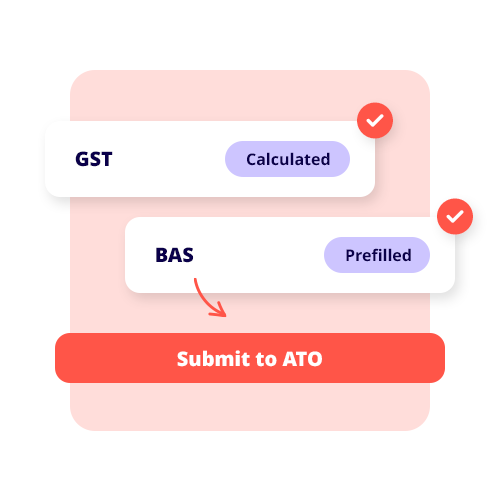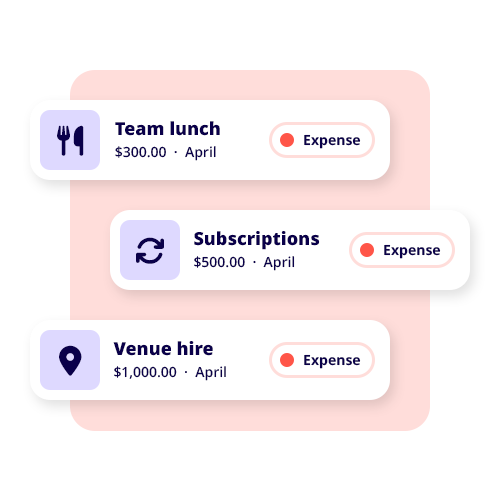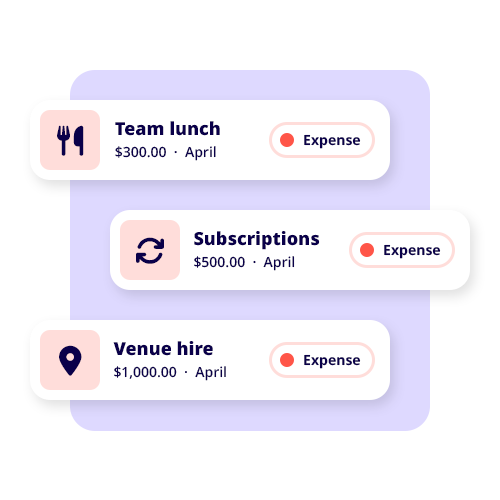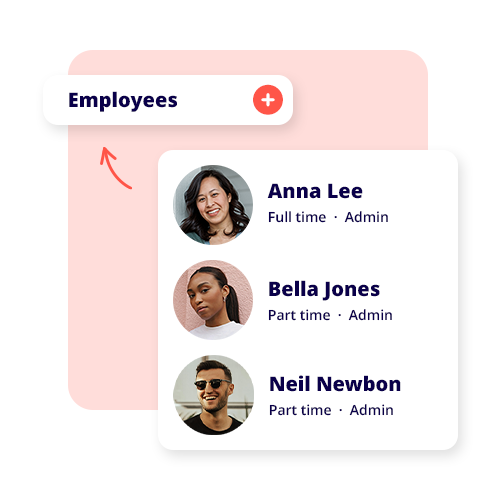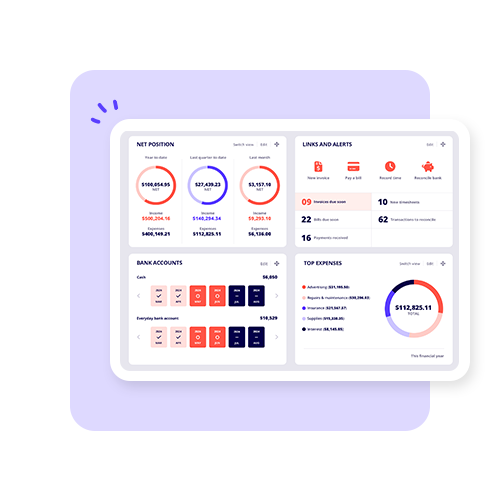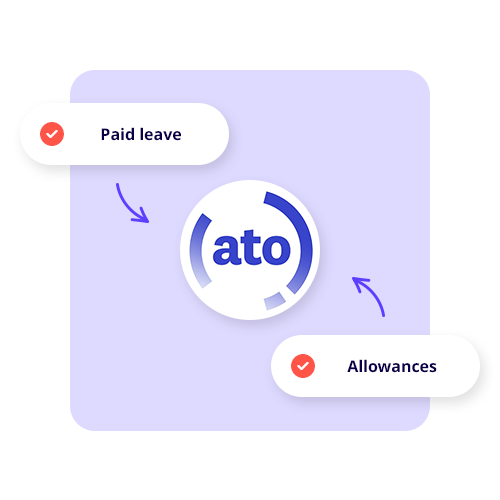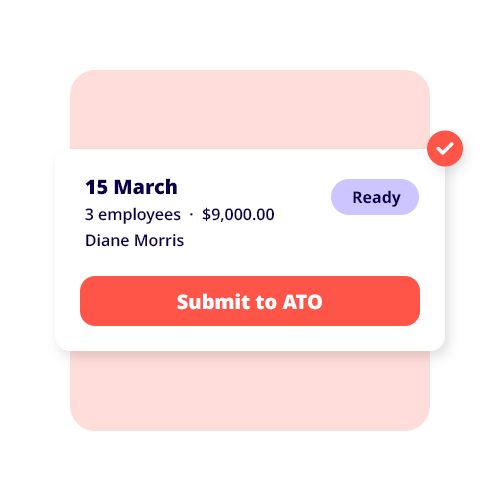The Not-for-profit (NFP) self-review assessment is an annual reporting requirement for non-charitable NFPs to retain their income tax-exempt status. The assessment needs to be submitted to the Australian Tax Office (ATO) every financial year to maintain transparency and compliance.
Tax exemption is a status that many organisations rely on to operate. Let’s look at what you need to do to file a successful NFP self-review.
Who needs to lodge
The organisations that need to lodge their NFP self-review are non-charitable NFPs that can be defined under eight categories:
- Community service
- Sporting
- Cultural
- Educational
- Health
- Employment
- Resource development
- Scientific
Who are exempt from self-review lodgement?
Organisations that don’t have to file for an NFP self-review are those that have different reporting requirements, which are:
- Taxable NFPs: These organisations lodge an income tax return or file a non-lodgement advice form by 15 May if their taxable income is $416 or less.
- NFPs with only charitable purposes: Must meet the legal definition of a charity, be registered with the Australian and Not-for-Profit Commission (ACNC), and endorsed by the ATO to be income tax exempt.
- NFP sub-entity for GST purposes: A branch of an NFP that is set up to make sales or purchases outside of the primary entity, provided it meets specific requirements.
- Specific types of government entities: These are public entities that operate under government oversight and have different obligations.
Lodgement dates
The lodgement deadline for an NFP self-review is the 31st October for the previous financial year. The assessment can be lodged between the 1st July and 31st October.
Important Tip: There are no concessional submission dates for NFP self-reviews, meaning that if you or a registered tax agent is designated to file your assessment, the review must be submitted by the October deadline.
Steps to take before lodgement
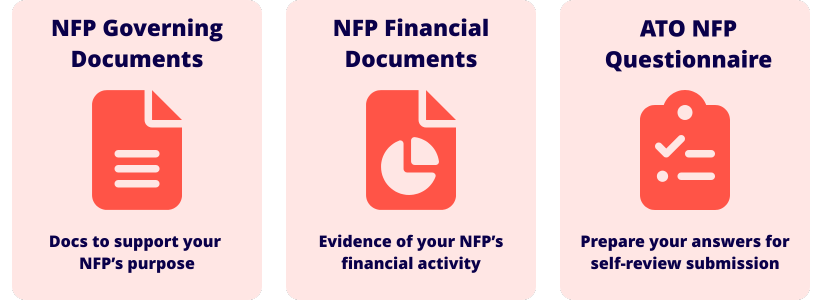
The self-review involves declaring your organisation’s purpose, the revenue generated over a financial year, supporting governing documents, and more. So to prepare and file successfully, it is important to have these details on hand:
- Review your NFP’s governing documents: These include rules, articles of association, constitutions, rule books or deeds of trust that outline your organisation’s purpose and governing clauses that prohibit distributions of income or assets to members.
- Financial statements: These documents will account for all revenue generated over the financial year, covering sales, interest, receipts from government, grants, donations and bequests, investment income and member receipts.
- Review of the NFP questions: Check the questions you will be asked, which can be found on the ATO website. Record your answers, be ready to lodge, and review with your board committee.
How to lodge an NFP self-review
There are three ways to lodge your NFP self-review:
Online
You can submit your review through the online services for business. If your NFP isn’t set up, you need to set up access for yourself or an associate via updating your organisation’s details in the Australian Business Register (ABR) and linking your myID with your Relationship Authorisation Manager (RAM).
When you have logged in, you will find the option to submit your self-review under the lodgments tab in the sidebar.
Over the phone
The ATO has an automated phone service that can be contacted on 13 72 26. Here, you will need your ABN and your ATO reference number to continue.
If you do not have your ATO reference number, you can find it attached to correspondence regarding the NFP self-review sent by the ATO. If you haven’t received correspondence, contact the ATO on 13 28 66.
Registered Tax Agent
You can nominate a registered tax agent to undertake the review for you. It is important to note that your tax agent will require supporting documents and the answers to the ATO’s self-review questions.
NFP self-review assessment overview
Once you have all your ducks in a row, you can complete the NFP self-review assessment. The review itself is broken down into three sections that cover:
- What is your estimated annual gross revenue?
- What is your main purpose category?
- Do your governing documents prohibit the distribution of income/assets to members?
- Do you operate entirely in Australia?
- Do you have any charitable purposes?
Section One: Organisation details
In this section, you will provide your details as the designated associate to lodge on your NFP organisation’s behalf. Once these details have been given, you will select one of three options that describe the gross revenue earnings of your organisation:
- Small: $0 – $150,000
- Medium: $150,000 – $3,000,000
- Large: Over $3,000,000
There are no other options here, so pick the one that best fits your organisation’s size.
Section Two: Organisation purpose and operations
Here, you pick the best option that describes your organisation’s purpose from the eight non-charitable NFP categories mentioned previously. Each category will have descriptions and examples if you are unsure about your NFP organisation’s purpose.
Once you have chosen your organisation category, you will be asked about your documents, clauses, operating status, and any charitable purposes you provide. (If you do provide charity, you may be eligible for charity status). This is the largest section of the self-review process, so it’s best to take the necessary steps before lodgement to be prepared.
There is another option for ‘none of the above’, which means you do not meet the requirements of the income tax exemption and may need to file an income tax return.
Section Three: Summary
This will display your status as either income tax exempt or not. This will show a summary of your answers and the details of your organisation. Once satisfied, you can print out the summary and proceed further by checking the acknowledgment of the review declaration.
Return outcomes
In the summary section, you will find out whether your non-charitable NFP organisation meets the requirements for income tax exemption. The majority of NFPs that complete the self-review will find that they do meet the ATO’s obligations and status, but if your NFP doesn’t, you will need to evaluate the status of your entity. In the case that it doesn’t, you will most likely need to submit an income tax return for the financial year. In either case, you will be provided a printable receipt.
Overdue self-review returns
If you are overdue for one or multiple NFP self-review returns, you will need to complete a submission from the earliest financial year you missed and submit the following missing reviews until you are up-to-date.
Failure to submit your NFP self-reviews will mean that you could be held liable for financial penalties actioned by the ATO, so it is crucial that your organisation follows its obligations to remain compliant.
NFP self-review and your organisation
Operating a non-charitable NFP organisation has its challenges, and securing tax-exempt status through self-reviews is an important compliance check to ensure the continuation of your organisation’s activities. While the extra requirement can be time-consuming, the ATO’s measures ensure that all non-charitable NFPs operate fairly, transparently, and don’t abuse the income tax exemption status. By using accounting and payroll software, your NFP organisation’s finances can easily be tracked and documented so that you remain compliant.


























